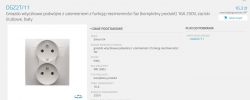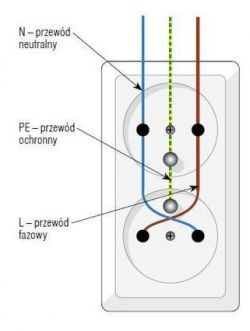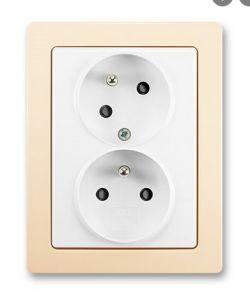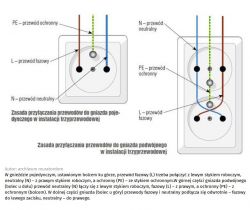In some countries, there is a standard for which side the phase should be.
Poland, however, is not one of these countries.
If there is a plug fitted at the factory then the position of the phase in the socket
should not cause problems.
But just because it shouldn't, doesn't mean at all that the manufacturer and/or distributor haven't forgotten about it, and that the device actually has some connection requirements.
If there are problems, it is usually possible to swap the connections on the connection block in the device.
With a permanent connection, of course, it matters as much as possible where you connect the phase.
L is phase, N is neutral and PE is earth. This is how it should be marked on the connection block of the appliance.
A colleague has added the plug himself, so it is essential to make sure of the correct way to connect it.
sebastiandzieslaw96 wrote: .
Edit: I bought the plug and cable separately as they were not at the electric cooker;(used) and I need to connect them
Sorry to ask, but what is the wattage of this unit?
A typical wall socket can supply 16 amps, which for 230 volts means those around 3.5 kW.
A hob with an oven is a lot.
In addition, if the installation is a two-wire system, there is often also a 1.5 mm cross-section, which according to current standards is usually protected by a 10 A overcurrent circuit breaker, so the power of the appliances should not exceed around 2.3 kW.
It is worth checking this before you start plugging in your hob and oven.






